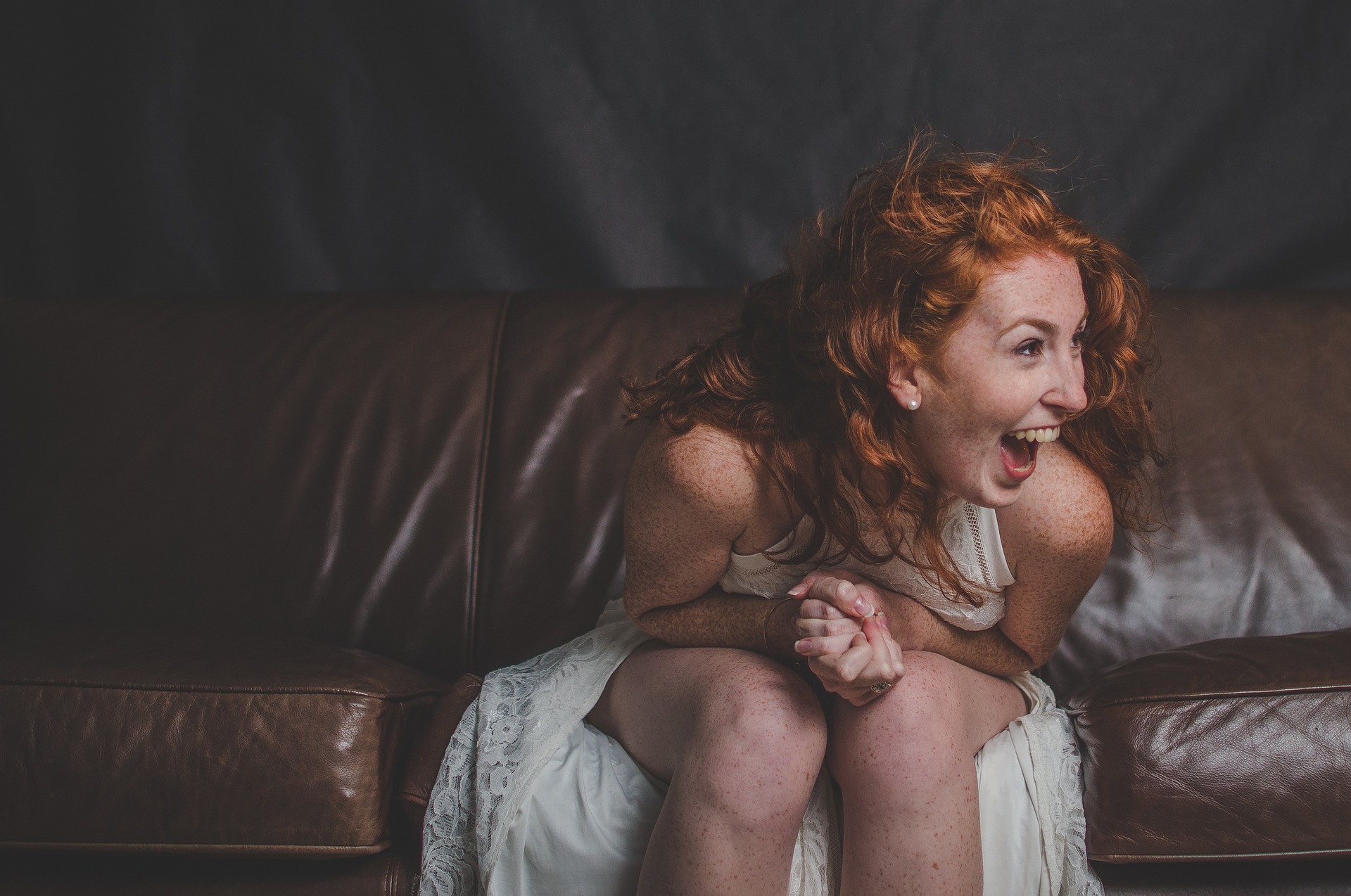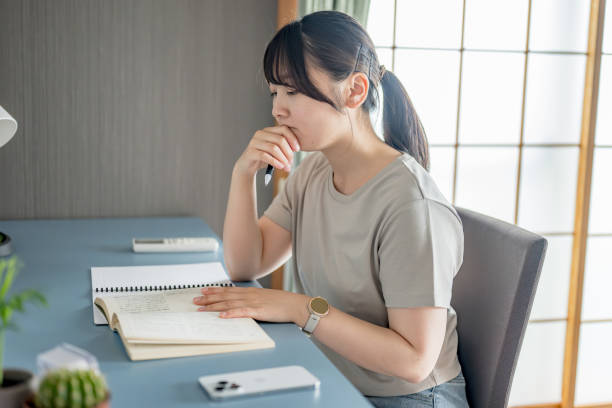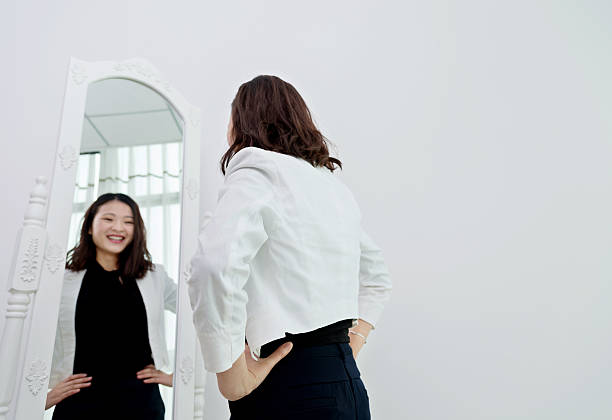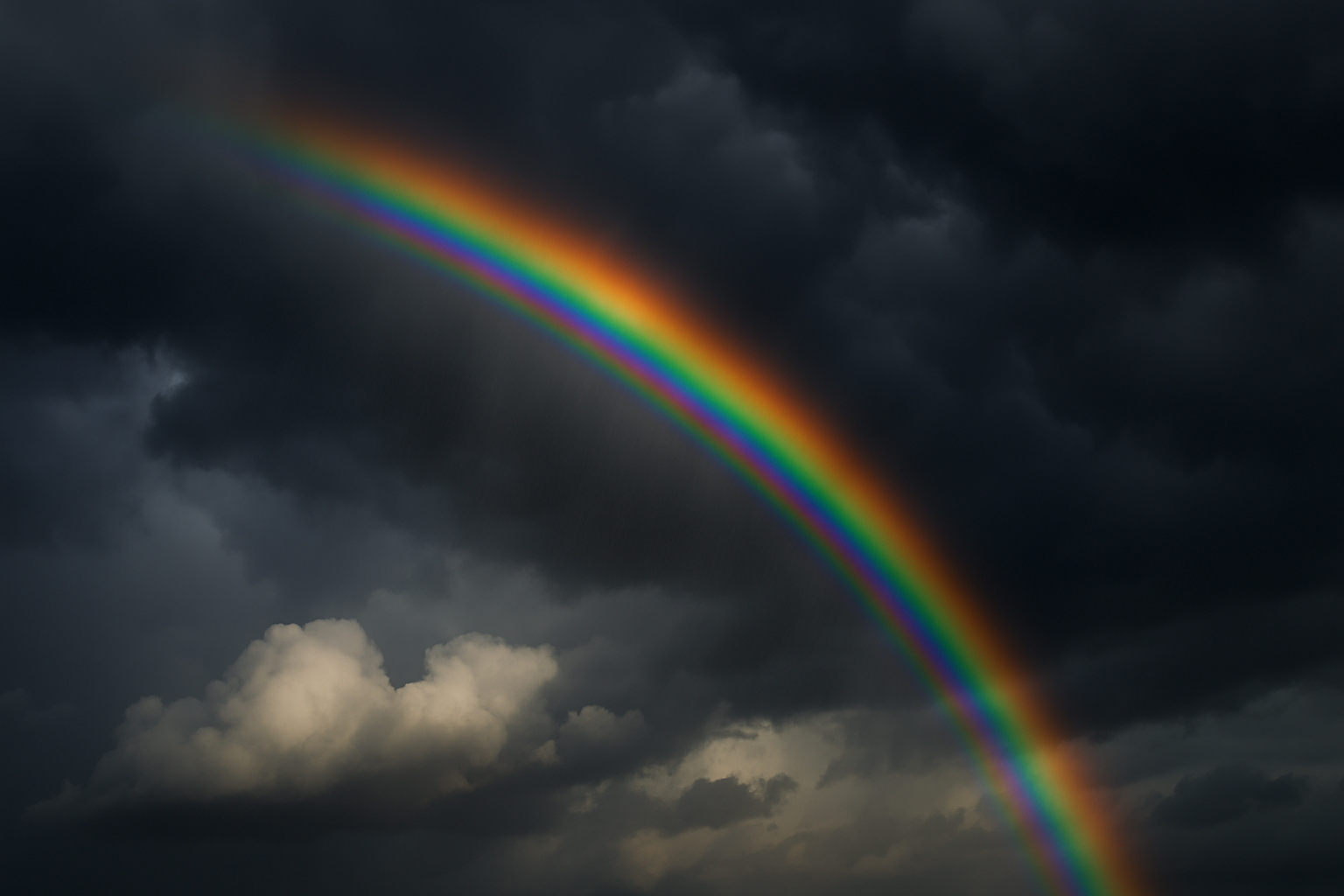Your cart is currently empty!

For a long time, I lived in fear of my own brain. Epilepsy wasn’t just something I had — it felt like something I was. Something shameful. Something people wouldn’t understand, or worse, would pity me for. I hated the unpredictability of it. I hated the moments I’d wake up on the ground, confused and bruised, surrounded by concerned or frightened faces. I hated the way it made me feel different. So I tried to hide it. I kept it quiet. I carried it like a secret burden, like it was some personal failing.
But all that changed after one of my biggest seizures — the one where I fractured my right cheekbone.
That seizure came out of nowhere, like they always do. One moment I was just living life, the next, my brain decided to short-circuit. I blacked out, hit the ground hard, and woke up in the hospital with a swollen face and a painful reminder that epilepsy doesn’t ask permission.
I remember looking in the mirror at my bruised, puffy face and thinking, “Well, this is just ridiculous.” I could either cry about it or laugh. And honestly, crying gets boring. So I made a joke about it. I said I was just trying out a new modeling look — the ‘asymmetrical cheekbone’ trend. And for the first time in a long time, I didn’t feel ashamed. I felt like myself. A person. A person who happens to have epilepsy. A person who sometimes falls hard, but gets back up — sometimes with a limp and a joke.
That moment was a turning point.
I realized I’d spent so much energy trying to hide epilepsy, as if pretending it didn’t exist would make it go away. But it’s not going anywhere. This is my life. These seizures are part of my story — not the whole story, but a loud, messy chapter that’s not going to magically rewrite itself. So I stopped pretending. I stopped hiding. I just… accepted it.
That doesn’t mean I love it. I don’t. I’d give it up in a heartbeat if I could. But I own it now. And owning it means I don’t let it steal more from me than it already has. If I have a big seizure, I get on with it. If I end up in the hospital again, I deal with it. I’ve learned to work around it, not against it.
And honestly? Making fun of myself has been one of the most powerful tools in my toolkit. Humor gives me control. It turns something frightening into something familiar. When I joke about it, I take the sting out. I take the fear and embarrassment and shrink them down into something I can handle — something I can even laugh at. It makes the people around me more comfortable too. Suddenly, it’s not awkward. It’s not “that scary thing that happened to you.” It’s just part of the story, told with a smile and maybe a few exaggerated sound effects for dramatic effect.
I still have seizures. Some are small, some are terrifying. But I’ve stopped letting them define me. I’ve stopped blaming myself, and I’ve stopped feeling like I have to apologize for it. Epilepsy isn’t a character flaw. It’s a condition. A real, difficult, often unpredictable condition. But shame? That’s optional.
So no, I’m not ashamed of my epilepsy anymore. I’m not ashamed of the fall that fractured my face. I’m not ashamed of the slurred speech, the memory gaps, or the medication. I’m a person living with a challenge — and I’ve decided to live loudly, openly, and yes, sometimes with sarcasm and a crooked smile.
If I fall, I get up. If I can’t get up right away, I wait until I can. Then I tell the story with a punchline. Because life is too short — and too weird — to carry shame around like an extra weight. Especially when laughter is lighter, easier, and far more fun to carry.



